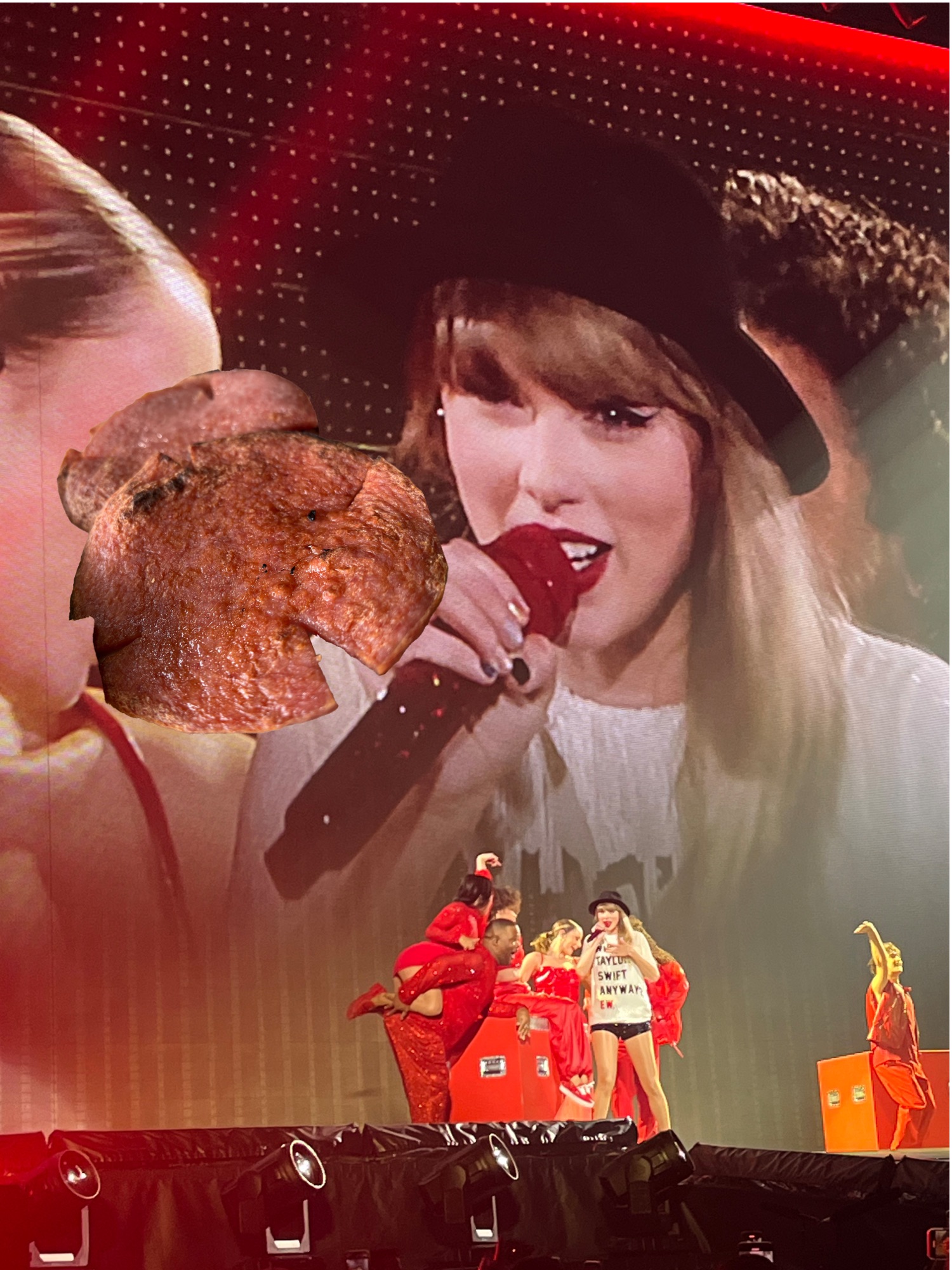-
Read time: About 10 minutes Croissants can be a thing of beauty. Even in New Jersey, which is decidedly not France. We’re limited to the butter, water, and flour we can get around these parts. And yet, what I’ve found through my travels in and around South Orange and Maplewood (SOMA) is that a lot Read more
-
Read time: About 7 minutes Once upon a time, my go-to cuisine was Indian food. Show me a velvety butter chicken. Regale me with your rich saag paneer. And delight me with your fluffy garlic naan. MDP and I used to order frequently from Indian places in and around SOMA (South Orange and Maplewood), double-parking Read more
-
Read time: About 17 minutes Firing on all cylinders. Living your best life. Self-care. YOLO. These words may be the ones of wellness influencers and corporate emails. Yet they also capture the experience of being self-actualized, an idea propagated by psychologist Abraham Maslow through his hierarchy of needs. The way I’d describe being self-actualized is Read more
-
Read time: About 7 minutes You have $5 in your pocket. You want to be delighted. Enthralled. Refreshed. Look no further than this round up of the Arnold Palmer – that irresistible combination of iced tea and lemonade – found in and around the South Orange and Maplewood (SOMA) area to guide your low-cost (tariff-free?) Read more
-
Read time: About 20 minutes Real talk: The title of this essay is *not* clickbait. If you’re new around here, welcome. As you may have guessed from the name of this blog, Taylor Swift is, in my opinion, the greatest songwriter to have ever lived. And it’s through the many years, the many songs, the Read more
-
Read time: Approximately 6 minutes I had heard that Maize, the scene-y, newish globally inspired Mexican restaurant in Westfield, was right near the train station. When I pulled up today – thanks to Apple Maps telling me to turn into a parking lot and saying you have arrived, to where exactly, I wondered – I Read more
-
Read time: Approximately 17 minutes If you’ve ever been invited to a dinner party at a friend’s house, I know you brought a bottle of wine. Why would I know that? You’ve never told me about your friends and why should I know anything about your purchases? It’s because bringing a gift for a host Read more
-
An unsung benefit of having jury duty in Essex County is getting to visit the county seat, which is New Jersey’s largest city: Newark. The courthouse and broader Essex County operations headquarters are just peripheral from the bustling downtown, marked by many colleges and universities and further down Market Street, a ton of shops and Read more
-
It’s not every day that you’re the first ever customers to eat at a restaurant. And how special was it for me and MDP to be the first table sat at Willow & Whisk, the much-anticipated new breakfast, brunch, and lunch spot in downtown Millburn. As soon as we walked in, the vibrating energy was Read more

where food and music and Taylor Swift collide